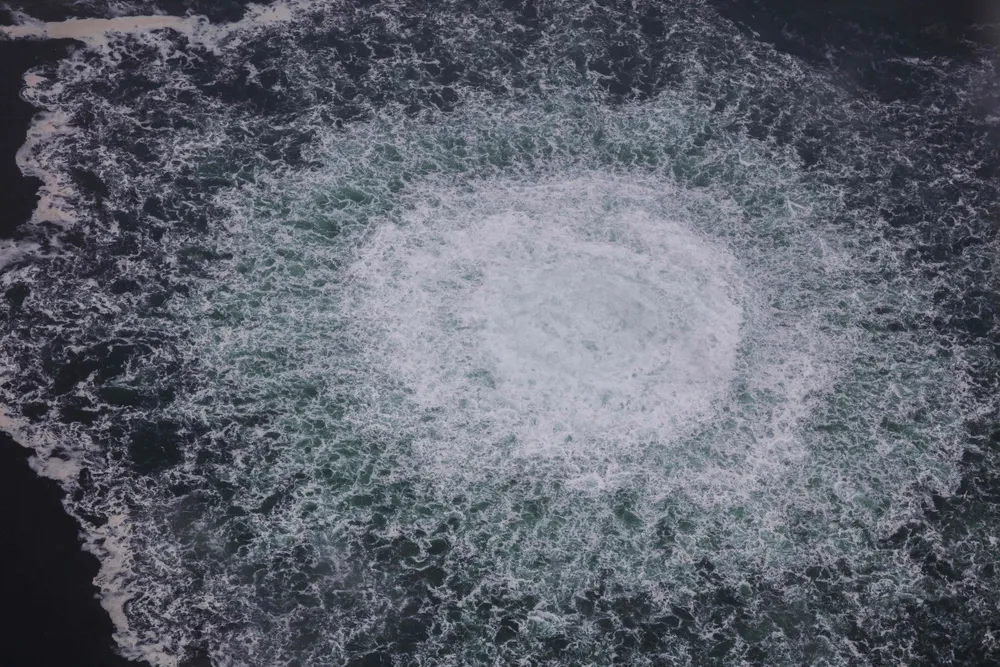Nord Stream 1 operator obtains permits for seabed crater study
Operator will be allowed to approach the damage area at a distance sufficient to carry out part of relevant works

Operator will be allowed to approach the damage area at a distance sufficient to carry out part of relevant works
